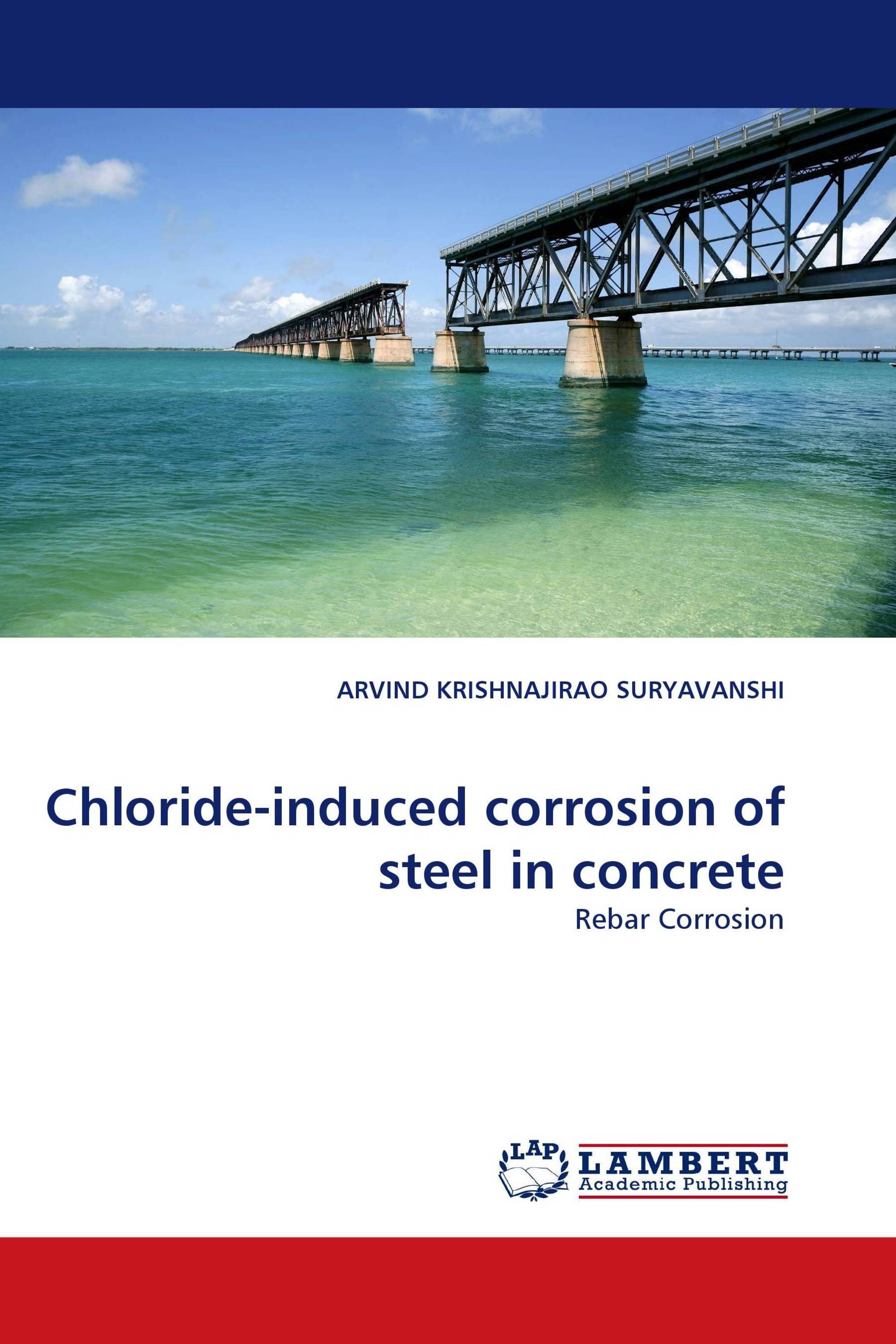The thesis deals with the basic nature and the mechanism of the chloride-induced corrosion of steel embedded in mortar. The investigations made include pore solution chemistry for different types of cements (ordinary and sulphate resistant Portland cement) containing different levels and types of chloride salts. X-ray diffraction, DSC, SEM, EDX and Mercury Porosimetry and electrochemical studies using AC and DC techniques were included to draw conclusions. The results are used to explain the nature of chloride binding in relation with chloide/hydroxyl ratios and also the type of chloro-complexes that form with different types of cements. The mechanisms of chloride binding is discussed in detail. The effect of different chloride salts on the accessible pore volumes is also presented. The extent of protection for the steel in mortar is compared with the steel exposed to aqueous alkaline solution. The buffering (pseudo-buffering) action by the interfacial calcium hydroxide crystal layer is also discussed. The relationship between the rust present on the steel surface and the corrosion resistance is also presented.
Book Details: |
|
|
ISBN-13: |
978-3-8383-9364-3 |
|
ISBN-10: |
3838393643 |
|
EAN: |
9783838393643 |
|
Book language: |
English |
|
By (author) : |
ARVIND KRISHNAJIRAO SURYAVANSHI |
|
Number of pages: |
344 |
|
Published on: |
2010-08-19 |
|
Category: |
Building and environmental technology |
